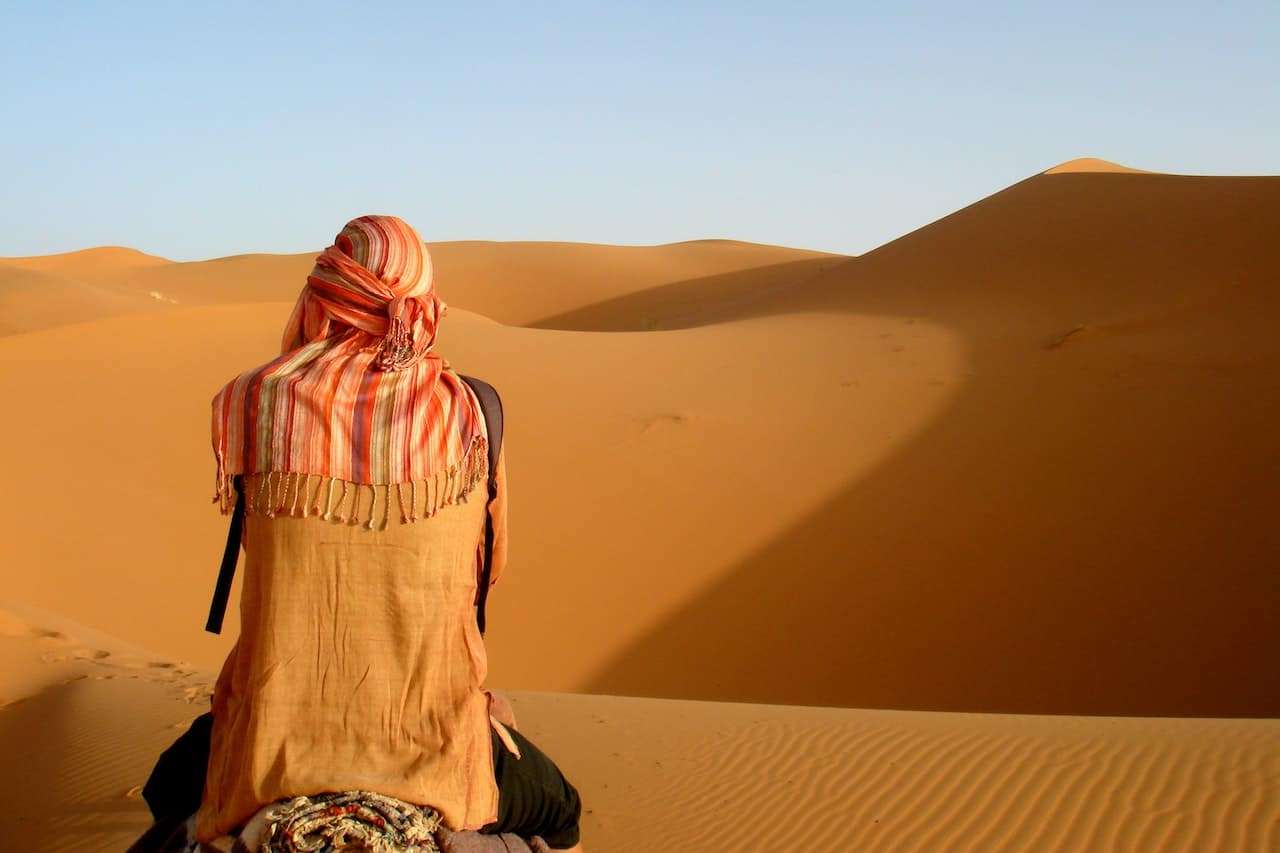The hottest continent in the world is Africa. With its location close to the equator, the continent receives a high amount of solar radiation, resulting in high temperatures.
The Sahara Desert, the largest hot desert in the world, is located in Africa and covers much of the northern region. The average temperature in the Sahara Desert can reach up to 122°F (50°C) during the day and drop below freezing at night.
The hottest temperature ever recorded in Africa was in the town of El Azizia in Libya, where the temperature reached 136°F (57.8°C) in 1922.
This temperature is also the highest ever recorded on Earth. However, this record has been subject to some controversy and may not be entirely accurate.
Other regions in Africa, such as the Horn of Africa, can also experience extreme heat. In Djibouti, a small country in the Horn of Africa, temperatures can reach up to 113°F (45°C) in the summer months.
This is due to the country’s location on the Gulf of Aden and the Red Sea, which creates a hot and dry climate.
In West Africa, the Sahel region experiences high temperatures and long dry seasons. Temperatures in this region can reach up to 122°F (50°C) in the hottest months. The region is also prone to droughts, which can have devastating effects on agriculture and water resources.
In Southern Africa, countries such as Namibia and Botswana can also experience high temperatures. The Kalahari Desert, which spans across several southern African countries, can experience temperatures of up to 113°F (45°C) in the summer months. The region also has a dry climate, which can create difficult living conditions.
Africa’s equatorial region, including countries such as Congo, Gabon, and Cameroon, can experience hot and humid weather throughout the year.
The region receives a lot of rainfall, which can create a lush and vibrant ecosystem. However, this climate can also lead to the spread of diseases such as malaria and dengue fever.
The continent’s proximity to the Indian Ocean and the Atlantic Ocean also plays a role in its climate. Countries such as Somalia, Kenya, and Tanzania on the east coast can experience hot and humid weather due to the Indian Ocean’s influence.
The same is true for countries such as Senegal, Gambia, and Sierra Leone on the west coast, which are influenced by the Atlantic Ocean.
Climate change is also having an impact on Africa’s temperatures. The continent is experiencing more frequent and severe heat waves, which can have serious consequences for human health and agricultural production.
The World Health Organization has warned that heat waves can lead to dehydration, heat exhaustion, and even death.
In addition to its high temperatures, Africa is also home to a diverse range of flora and fauna. Many of these species are adapted to the continent’s hot and dry climate, including acacia trees, baobab trees, and various species of antelope and gazelle.
Despite its hot climate, Africa has a rich and vibrant culture. Many African communities have developed unique ways of living and thriving in hot and dry environments, including traditional farming practices and water management techniques.
Their Exact Arrangement From The Hottest To The Coldest
Africa
As previously mentioned, Africa is the hottest continent in the world due to its location near the equator, which results in high levels of solar radiation.
The Sahara Desert, the largest hot desert in the world, is located in Africa and covers much of the northern region. The average temperature in the Sahara Desert can reach up to 122°F (50°C) during the day and drop below freezing at night.
Australia
Australia is the driest inhabited continent in the world and also experiences high temperatures. Much of the continent is covered by deserts, such as the Great Victoria Desert and the Gibson Desert, which can experience temperatures of up to 113°F (45°C) in the summer months.
South America
South America is known for its tropical and subtropical climate, with countries such as Brazil, Colombia, and Venezuela experiencing high temperatures and humidity. The Amazon rainforest, which covers much of northern South America, has a hot and humid climate year-round.
North America
North America has a diverse range of climates, but some regions can experience extreme heat. The southwestern United States, for example, is known for its hot and dry desert climate, with temperatures reaching up to 120°F (49°C) in some areas.
Asia
Asia is the largest continent in the world and has a wide range of climates, but many regions can experience high temperatures. The Middle East, for example, is known for its hot and dry climate, with countries such as Saudi Arabia, Kuwait, and Iraq experiencing temperatures of up to 122°F (50°C) in the summer months.
Europe
Europe has a temperate climate, but some regions can experience high temperatures in the summer months. Countries such as Spain, Italy, and Greece can experience temperatures of up to 104°F (40°C) in the hottest months.
Antarctica
Antarctica is the coldest continent in the world, with temperatures reaching as low as -128.6°F (-89.2°C). The continent is covered in ice, with the majority of its landmass covered by the Antarctic Ice Sheet.
Arctic (Not A Continent)
The Arctic is the second-coldest continent in the world, with temperatures reaching as low as -70°F (-57°C). The Arctic is covered in ice, with much of the landmass covered by the Arctic Ice Cap.
Also, check out the skinniest people in the world or take a moment to go through these signs of attraction from women






